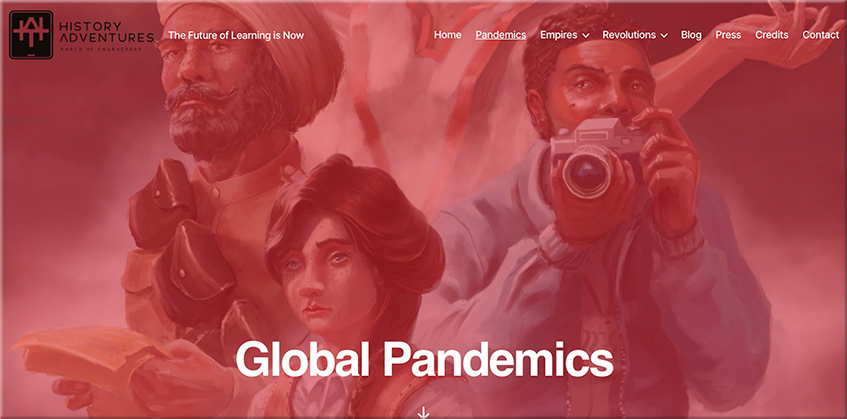The Metaverse Is Not a Place — from oreilly.com by Tim O’Reilly
It’s a communications medium.
Excerpt:
Foundations of the metaverse
You can continue this exercise by thinking about the metaverse as the combination of multiple technology trend vectors progressing at different speeds and coming from different directions, and pushing the overall vector forward (or backward) accordingly. No new technology is the product of a single vector.
So rather than settling on just “the metaverse is a communications medium,” think about the various technology vectors besides real-time communications that are coming together in the current moment. What news from the future might we be looking for?
- Virtual Reality/Augmented Reality…
- Social media…
- Gaming…
- AI…
- Cryptocurrencies and “Web3”…
- Identity…
#metaverse #AI #communications #gaming #socialmedia #cryptocurrencies #Web3 #identity #bots #XR #VR #emergingtechnologies









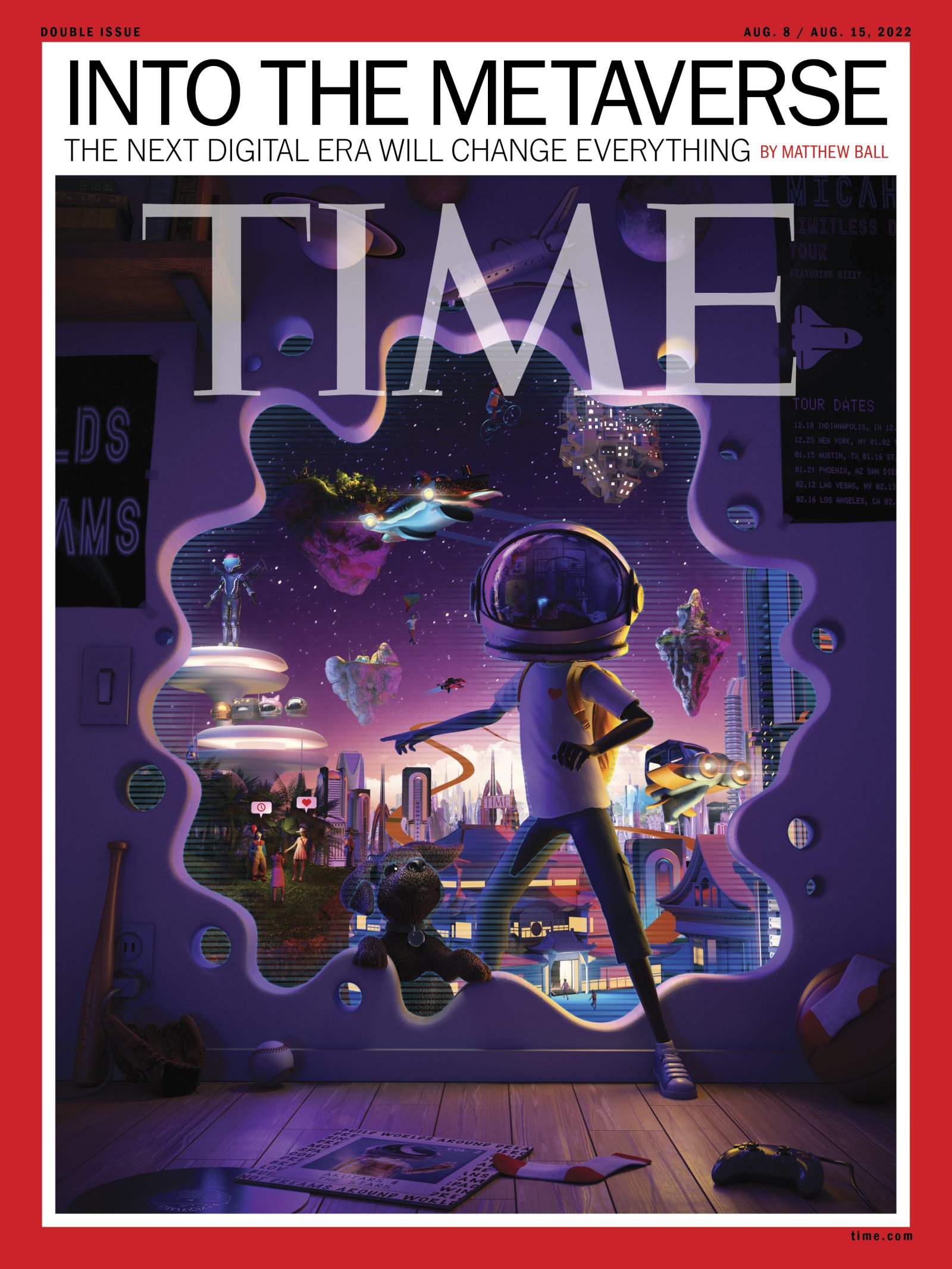
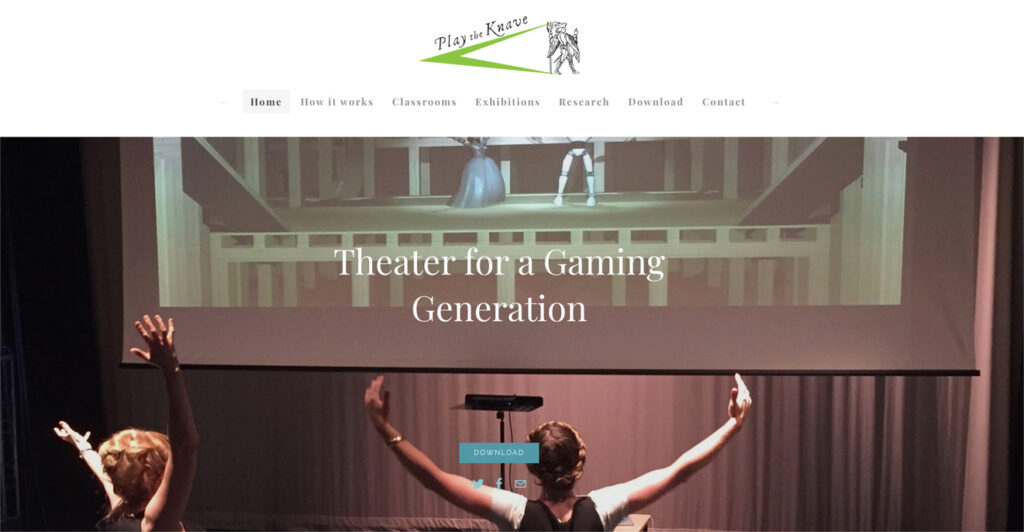
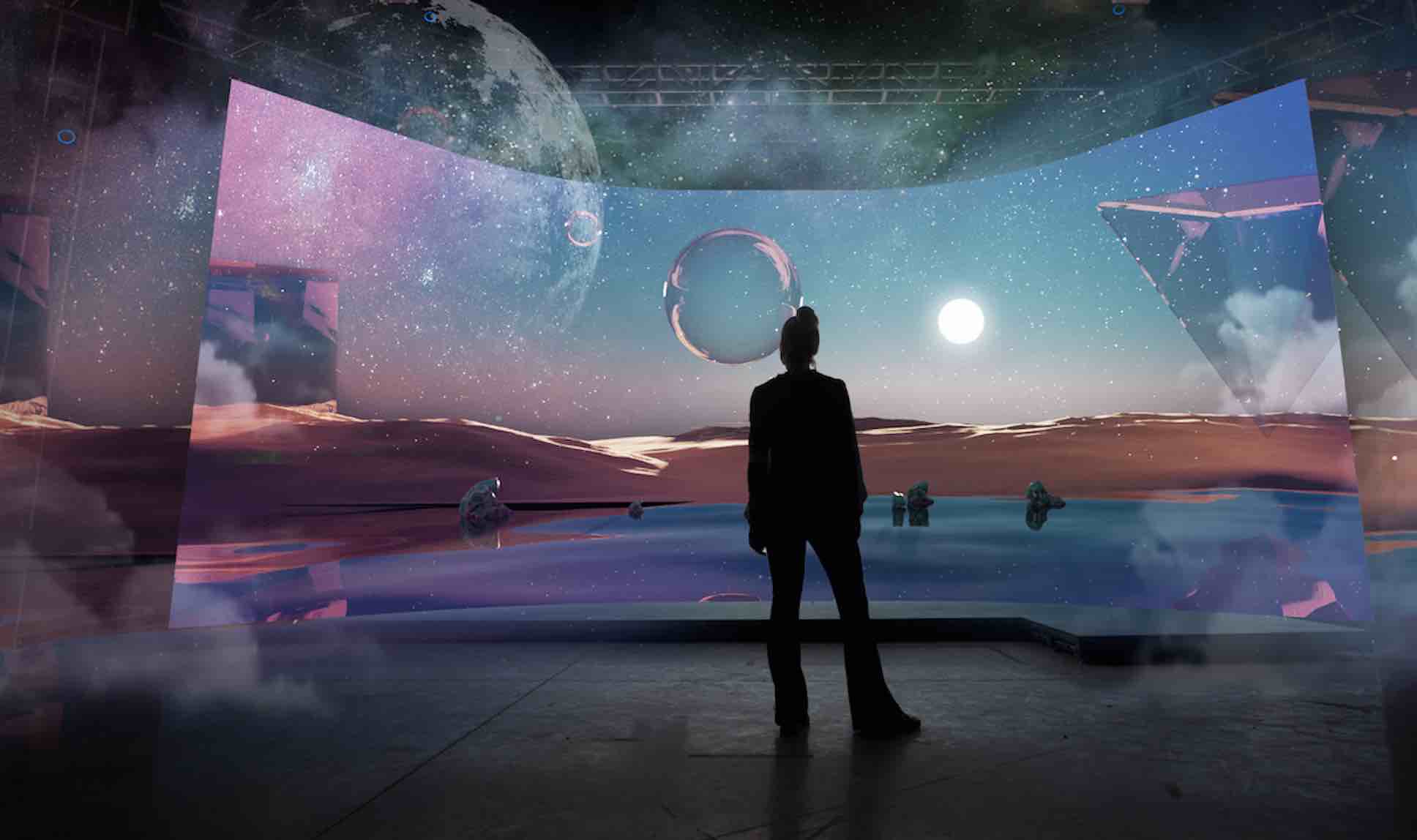
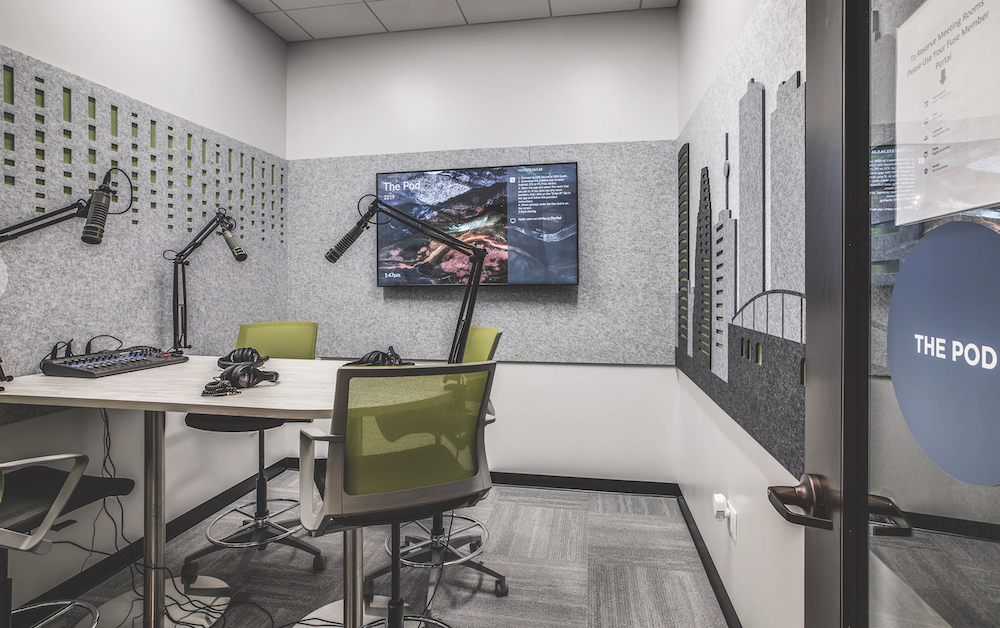 Podcasting studio at FUSE Workspace in Houston, TX.
Podcasting studio at FUSE Workspace in Houston, TX.